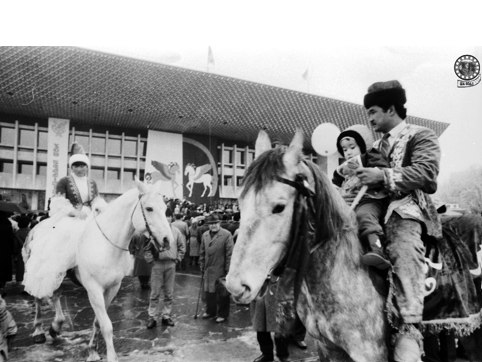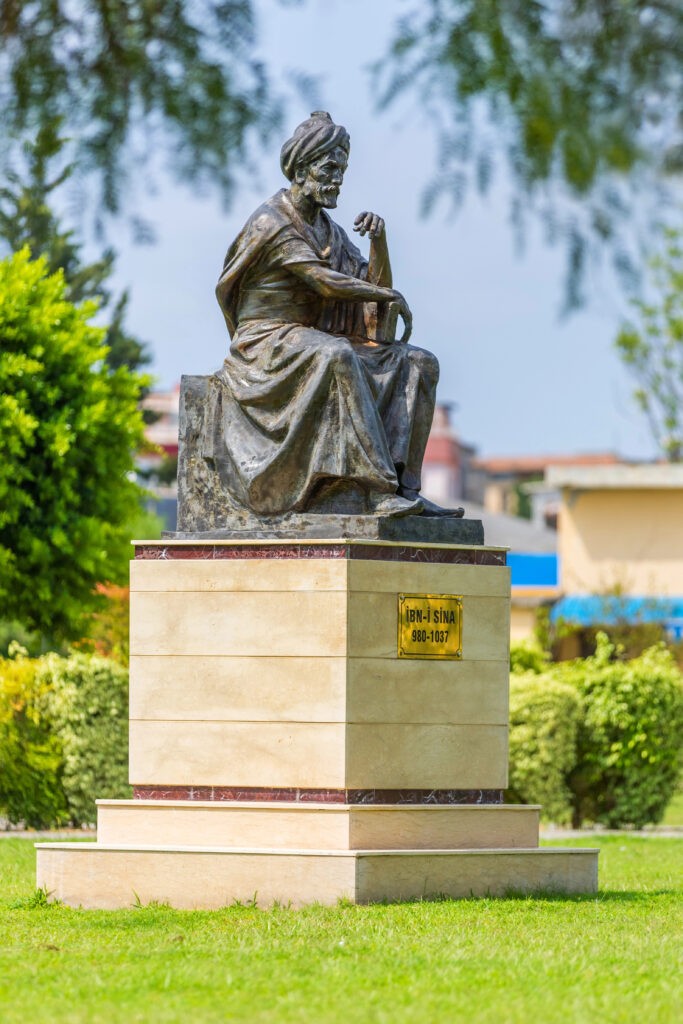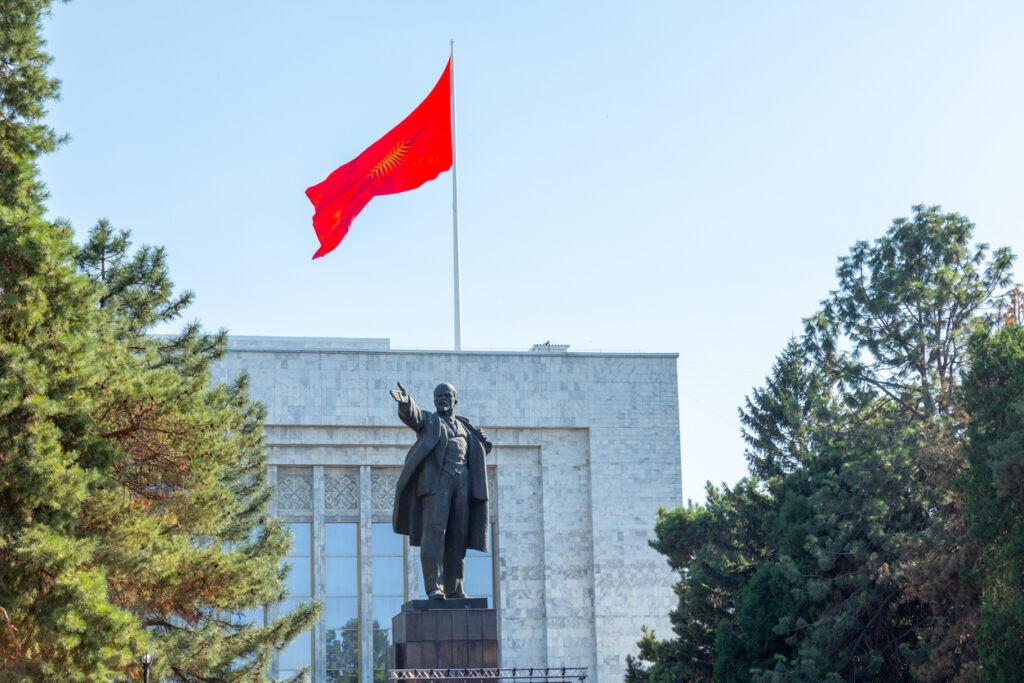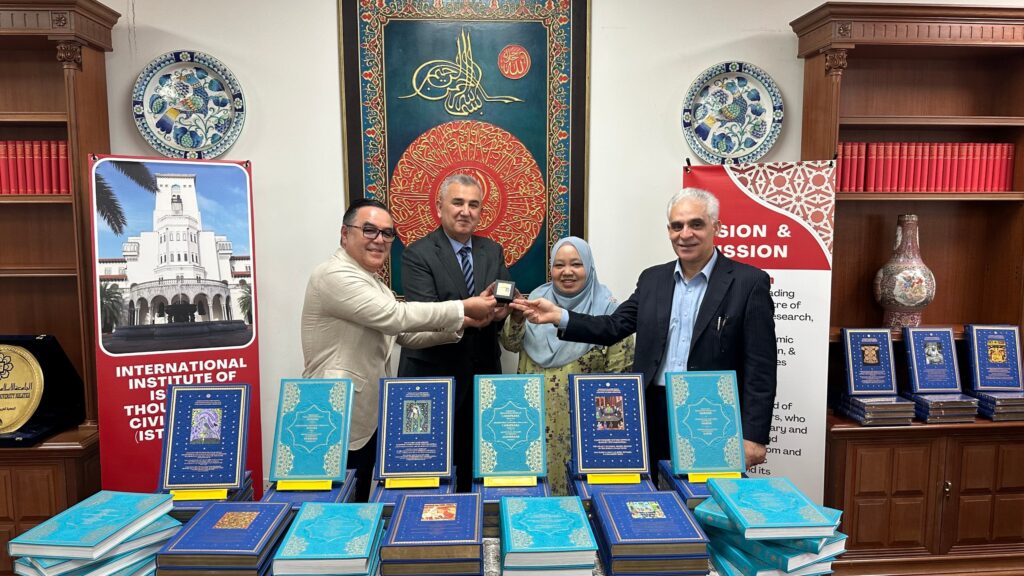How Nauryz Became a National Celebration in Kazakhstan: A History in Archival Photographs
Spring solstice as an astronomical phenomenon was noticed by man in ancient times. It became associated with the rebirth of nature, the arrival of a new cycle. This cosmic phenomenon was especially honored in the cults of Indo-European tribes, ancient Slavs, and Celtic tribes. The holiday has taken its rightful place in the cultures of Central Asia - since ancient times it has been celebrated by Iranians, Afghans, Tajiks, Azerbaijanis, Uzbeks, Uighurs, Kyrgyz, and Kazakhs. It is worth noting that even Muslims in the region recognize the significance of the ancient holiday. Restoration of traditions With the advent of Soviet power, Nauryz was recognized as a relic of tribal rituals and banned. According to official sources, the ban was in effect from 1926 to 1987. In 1987, in the territory of the Kazakh Soviet Socialist Republic, which was part of the USSR, the holiday was resumed, albeit informally. This is evidenced by photos of springtime Almaty (then called Alma-Ata, the capital of the Union Republic). [caption id="attachment_30001" align="aligncenter" width="582"] The first celebration of Nauryz in Alma-Ata. Students of the Alma-Ata Zooveterinary Institute – participants of the theatrical performance. Alma-Ata 1987[/caption] [caption id="attachment_30002" align="aligncenter" width="530"] Horse racing at the Nauryz festival in the village of Narynkol. Alma-Ata region, 1988[/caption] [caption id="attachment_30003" align="aligncenter" width="538"] Participants and guests of the Nauryz holiday playing the Kazakh national game “Togyzkumalak”. Alma-Ata 1988[/caption] [caption id="attachment_30004" align="aligncenter" width="537"] A participant in an archery competition during the Nauryz holiday. Alma-Ata 1988[/caption] [caption id="attachment_30005" align="aligncenter" width="527"] Participants of the republican aitys dedicated to the celebration of the national holiday, Nauryz. Alma-Ata, 1988[/caption] [caption id="attachment_30006" align="aligncenter" width="428"] At the opening of the national holiday Nauryz. Alma-Ata, 1988[/caption] [caption id="attachment_30007" align="aligncenter" width="430"] "Altybakan" - national swing, installed by students of the Alma-Ata Pedagogical Institute of Foreign Languages for the Nauryz holiday. Alma-Ata, 1989[/caption] [caption id="attachment_30008" align="aligncenter" width="446"] People's Artist of the USSR Roza Baglanova (center foreground) with war veterans during the celebration of Nauryz. Alma-Ata region, Kegen district, 1989[/caption] Years of Independence In 1991 Nauryz in Kazakhstan gained official recognition. By the decree of the President of the Republic of Kazakhstan, the day of the vernal equinox - March 22 - was declared the day of the national spring holiday “Nauryz meiramy”. Ten years later - in 2001 - Nauryz became a public holiday and was included in the list of national holidays. Since 2009, three days have been set aside for its celebration in Kazakhstan, which were declared non-working days. This status has been maintained to this day. [caption id="attachment_30010" align="aligncenter" width="528"] Students performing national dances during the celebration of Nauryz at the Almaty branch of the St. Petersburg Humanitarian University of Trade Unions. Almaty, 2014[/caption] [caption id="attachment_30011" align="aligncenter" width="541"] Theatrical performance during the celebration of Nauryz. Almaty, 2018[/caption]






